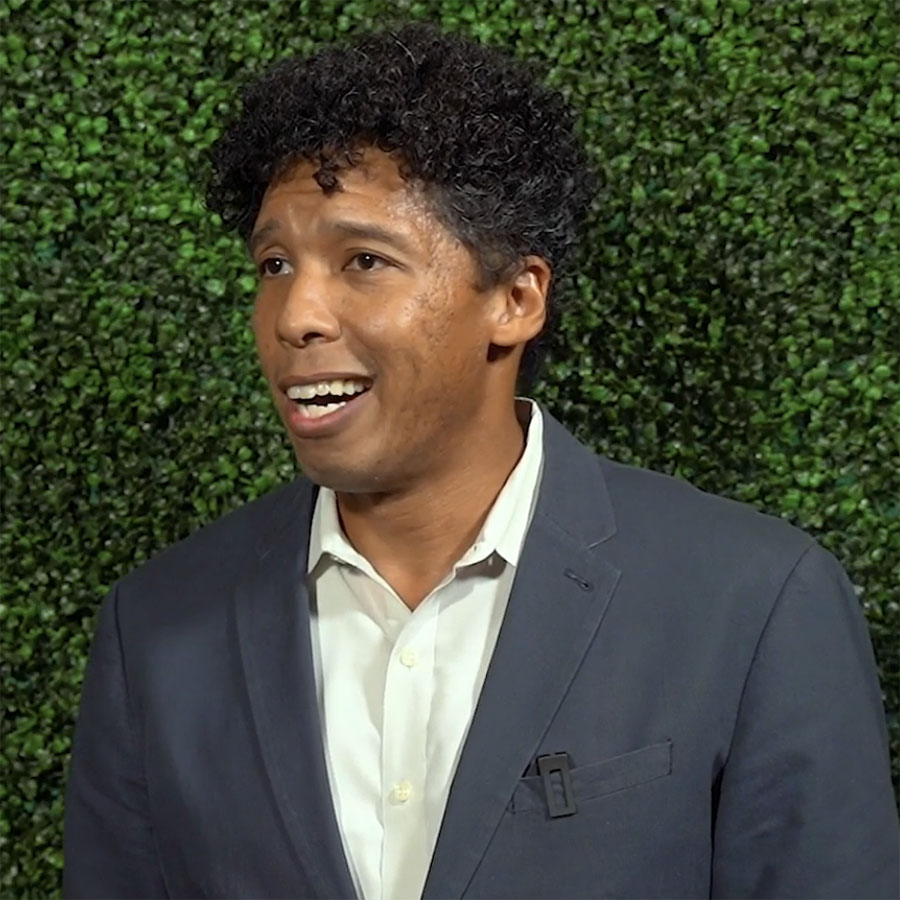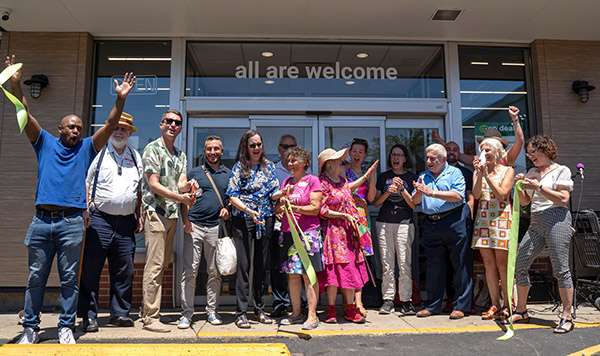I recently had the honor to sit down with Ben Brown from PlaceMakers to talk about Community Affordability in the PlaceMaker’s blog “PlaceShakers and Newsmakers” CNT has had a long relationship with PlaceMakers, a planning and design firm that works in the United States and Canada. Ben and I spoke about affordability and place, in advance of the Congress for New Urbanism 2018 Conference to be held May 15-19, 2018. You can read the entire discussion on PlaceMaker’s website
Ben Brown, Questions: Okay, let’s start with the big picture. New urbanists argue that designing and planning for affordability are baked into the Charter for the New Urbanism and into new urbanists’ best practices. The implication: potential solutions to an affordability crisis are already there for those who take the trouble to understand the tools and apply them. Is that a fair assessment? Or are we missing something when it comes to addressing the gap between household wealth and what it costs to live in places we hold out as worthy of replication?
Scott Bernstein, Answers: Well, “the places we hold out as worthy of replication” are those that offer a range of housing choices and options for accomplishing most daily tasks without getting into a private automobile for every trip. Evidence is strong and mounting that those kinds of places can do a significantly better job of delivering affordability in the broadest sense than isolated, income-segregated places. So the concept of planning and designing for affordability is baked into new urbanist theory and practice, certainly. The question is, are we just committed to planning and design, or are we committed also to what’s necessary to take the concept to implementation at the speed and at the scale the current crisis demands? Doing that is going to require improving our toolkits and practices, which are challenges new urbanists have been pretty good at addressing. And it will require partnering with others, which is a strategy we have to get better at.
Q: I think most planners and designers who consider themselves new urbanists would say they’re disappointed when planning doesn’t lead to implementation. That’s sort of the point of planning, right?
A: The fact that we’re having this conversation and that there’s a three-hour forum in Savannah exploring these questions suggests there’s plenty of disappointment to go around. Two things to understand here:
One is that frustration over the gap between household wealth and cost of living, particularly in places with attributes new urbanists admire, is superheating the affordability discussion. It’s more apparent now than 25 years ago that poverty isn’t going away anytime soon. And this goes for the working poor too, not just those who officially fall below the poverty line. For roughly half of U.S. households over the last decade the cost of living rose faster than incomes. The widening gap reflects both the stagnation of middle class incomes and the costs of infrastructure – transportation, water, energy – that are as high or higher than the costs of housing.
The second point is related. It’s about dealing with the challenges, as well as the opportunities, of location advantage.
Credit new urbanists Chuck Marohn and Joe Minicozzi for identifying, quantifying and democratizing location’s impacts on municipal revenues and costs. Walk Score has had a similar impact when it comes to highlighting walkability. The work of CNT regarding the combined costs of housing + transportation and the climate protection benefits of effective urbanism is increasingly embedded in affordability analyses that get beyond focusing only on the cost of buying and renting housing units.
It’s generally accepted now, at least in theory, that redeveloping infill neighborhoods close to jobs and shops and viable for transit, if not already served by transit, makes sense for both private sector developers responding to the increasing demand for urban amenities and for municipalities desperate for cost effectiveness. Absent regulatory restraints, market demand alone can drive redevelopment in infill locations that might have been languishing without investment for decades—but absent policies for inclusion, this will happen at a cost that doesn’t work for everyone.
Q: So now we’re talking gentrification ...
Interested in reading more? See the entire discussion on PlaceMaker’s website to read the rest of Scott’s comments on gentrification issues, and more.





 Strengthening Transit Through Community Partnerships
Strengthening Transit Through Community Partnerships